Changing approaches in managing a university collection
Ingrid Frederick
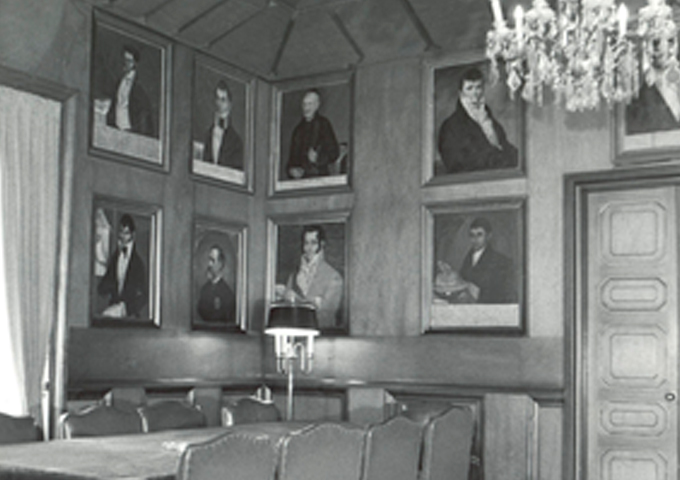
The purpose of this work presented in the framework of the ICOM-CC (International Committee for Conservation) of the International Council of Museums (ICOM) during its 26th ICOM General Conference (20 to 28 August, Prague) is to discuss the changing approaches in care and collection management, especially regarding a shift from conservation and restoration interventions to holistic practices in heritage preservation and aiming towards the overarching goal of contributing to sustainability of heritage and collections.
Heritage and Sustainability
I would like to start by introducing what interests brought me here to be interested in the whole issue of the risk management approach and issues relating sustainability with heritage management.
Establishing and presenting links between heritage and sustainability is rather new and has been pushed forward in the international agenda through the 2030 Agenda promoted by the United Nations, and most recently through the ICCROM Our Collections Matters project, and the working groups that have been focusing on the topics of heritage and sustainability both in professional organizations such as ICOM and ICOMOS.
I have noticed how in the culture sector we have had a tendency to link heritage solely to one of the 17 Sustainable Development Goals or SDG’s, which is the only one which mentions in its targets the term “cultural heritage”. That is, the 11th Goal related to Cities and Sustainable Communities, and its target number 4. However, what about the enriching the quality of education, as in SDG4, as well as promoting heightened awareness on gender equality SDG5? What about promoting awareness on climate change (SDG 13) through strategies such as exhibits and outreach activities? Museums also have an impact on SDG 10 of inequalities reduction, since they may contribute to longstanding inequality reduction through enabling access to heritage for all through open access and accessibility programs and therefore reducing the longstanding inequality that has historically distanced certain populations to the access to culture through heritage sites and collections. Promoting health and wellbeing – meaning SDG3- should also be taken account through the integration of groups of different ages and the special impact to mental health through the access to cultural activities such as visiting museums and heritage sites, a leisure activity that was largely missed during the times of strict quarantine rules and lockdown.
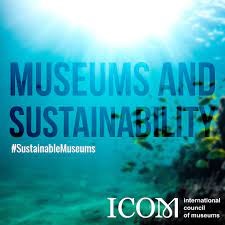
Image 1: Museums and Sustainability. International Council of Museums.
I also believe that we, as museum professionals, are great at creating alliances, discussing with a wide range of actors for fulfilling our mission and promoting work based on result-driven and project management approaches. This has been somehow drilled to our mindset, because we have a tendency to form a number of alliances for managing a collection, and for bringing to a successful completion an exhibit project, with tight deadlines, often scarce or limited resources, and the need to connect with collections and objects outside our own institution. We are also, especially now more than ever, much more focused on issues of the context of the society we live in, of actually listening to the concerns, hopes and needs of the community and groups that are the purpose of our existence, and not merely preserving and presenting the material heritage in the classical or traditional sense, without thinking in our public.
This has brought us towards a larger view of managing and caring for our heritage collections and in the particular case of MURO (Museo de la Universidad del Rosario), a university museum, we want to promote this view among a number of people. First, among our stakeholders at the level of the university management and staff. Second, among the academia, in order to link our research and our activity at the museum at different levels towards the SDGs and third, from implementing conservation risk assessment approach and disaster risk reduction strategies. Without conserving this heritage towards the future generation, we have no way of activating the different potentials of heritage for the community and its sustainable development.
The case of the Museo de la Universidad del Rosario
The Museo de la Universidad del Rosario opened its doors as a university museum in 2017 with the objective of collecting, preserving and presenting the cultural heritage, both tangible and intangible, of an education institution of over three and a half centuries. The university is unique in the sense that we are set in the original location since 1653, year the Universidad del Rosario was founded in the historical center of Bogota.
This square layout of the colonial architecture is matched with a quadrangular public square with a similar layout that mimics the interior courtyard. This public square was only created by the municipality office after the acquisition and demolition of the former buildings located in this area in 1970, followed by a remodeling and installation in 1988 of the statute of the city’s Spanish founder, conquistador Gonzalo Jiménez de Quesada.
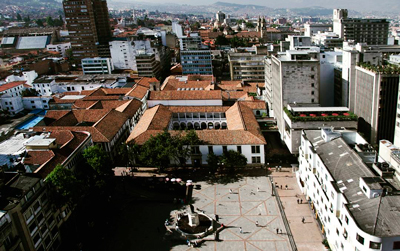
Image 2: Aerial photograph, 2013. Credits: Alberto Sierra/Universidad del Rosario.
The Universidad del Rosario was founded in 1653 under the auspices of the King of Spain Phillip the III, shown in one of the portraits that is part of the collection and dates back to the 17th century. The person responsible for this foundation was at the time the Archbishop of the city, a Spaniard and Dominican friar, Friar Cristobal de Torres, who envisioned not only the education programs to be offered, but also the overall construction of the building complex we have today including the chapel and the colonial cloister that are an enlisted national monument since 1975.
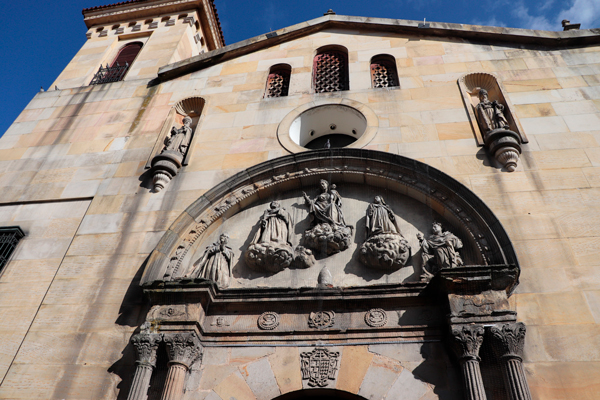
Image 3:Façade of the Bordadita Chapel, 2022. Credits: Museo de la Universidad del Rosario.
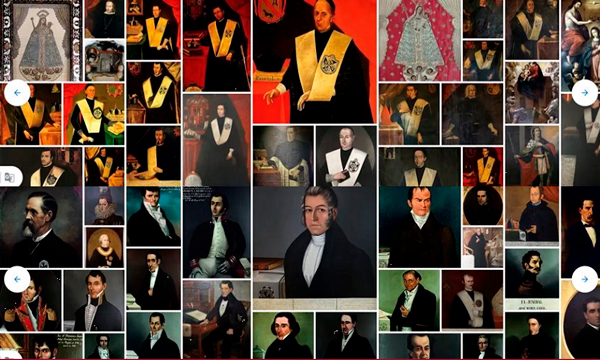
Image 4: A glance at the collections, accessible online on the Google Arts and Culture platform. Credits: Museo de la Universidad del Rosario.
The collections reflect the history of the institution, from the 17th century, all through the 20th century and now starting the 21st century, therefore representing important transformations in the country and the field of education. However, at the same time, non-willingly, this heritage collection has become a significant collection of portraiture representative of this painting genre in Colombia. Although most of the religious art described in the first centuries of history of the institution is lost, we do boast a significant collection today of religious art of early painting in the country, including some historical furniture and liturgical artefacts most of which have a connection to the architectural spaces and ceremonial uses in the institution.
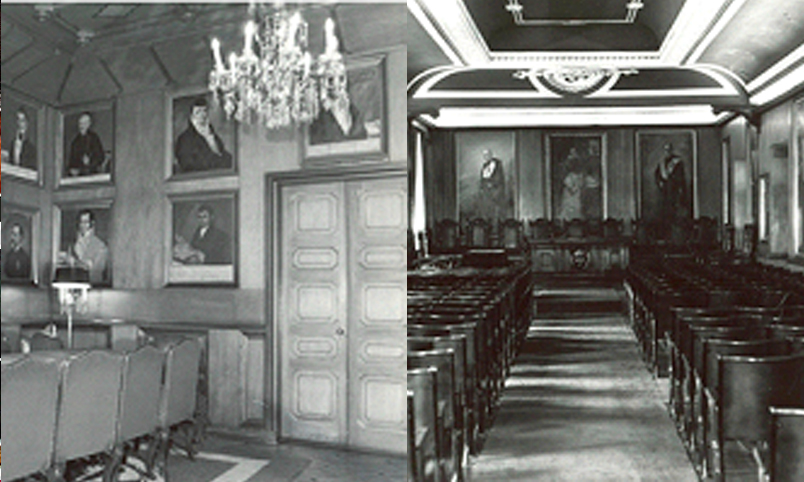
Images 5-6: Historical photographs of the university president’s boardroom and the Aula Magna, a conference hall and portrait gallery. First half of the 20th century. Credits: Archivo Histórico de la Universidad del Rosario.
Conservation of the University’s Heritage
As seen in the historical pictures available, that actually differ little to what we can find today, the spaces of the university such as boardrooms, conference halls, president’s office, have been the scenarios of picture galleries from before the museum’s existence.
The first restorations mentioned from as early as 1883 and 1915 mention that important artists at the time such as Epifanio Garay and Eugenio Montoya, respectively, were brought to retouch paintings of this conference hall.
| Table 1. History of Conservation / Restoration practices at the Rosario | |
| 19th century | Epifanio Garay, Colombian painter was commissioned to restore paintings at the Rosario in 1893 |
| 20th century | Eugenio Montoya, Colombian painter who restored paintings at the Rosario in 1915. |
| Ca 1950s | Artist Luis Alberto Acuña, intervened the altar and re-designed architectural elements, and possibly could have intervened paintings or other objects during these processes, in the framework of the celebration of the cloister’s 300th anniversary in 1953. |
| 1980 | First professional art restoration in cooperation with the Centro Nacional de Restauración, by COLCULTURA, a national heritage institute. 1980: Virgen de Loreto, report presented by Guillermo Joiko Henríquez and Martha Plazas de Fontana, Centro Nacional de Restauración, 28 February 1980. Other independent conservation treatments are registred by trained conservators Beatriz Restrepo Restrepo (Magdalena Penitente, 1983) and Lucía Rueda de Cháves (San Emigdio, 1983; Cristo Rey de Burlas 1984; San Jerónimo Penitente, 1985). |
| 1990 | First professional inventory of the collection of the university Chapel “La Bordadita”, made by national heritage offices at COLCULTURA (today Ministry of Culture) |
| 1993-1994 | First professional inventory of the collection of the cloister “Claustro del Colegio del Rosario”, made by national heritage offices at COLCULTURA. |
| 1998-1999 | First restoration phase, led by professional restorer Martha Elena Barrera. There are no records of the University receiving any conservation or technical study reports. No records of these processes have been found in the archives. |
| 2005 | First restoration phase, led by professional restorer Martha Elena Barrera. There are no records of the University receiving any conservation or technical study reports. No records of these processes have been found in the archives. |
| 2011 | Restoration processes of two paintings in cooperation with the Universidad Externado de Colombia. No reports are available at the archives of the Universidad del Rosario. Physical reports can be found at the Externado Library. |
| 2017 -present | The university museum opened is own conservation studio, led by Cecilia Bagés. The collections software Colecciones Colombianas begins to be implemented in 2019. Technical studies and conservation scientific committee with interdisciplinary and interinstitutional guests starts in 2021. |
Professional restoration practices started in the country around 1974 with the National Restoration Center (Centro Nacional de Restauración) with the assistance of international cooperation. Mr. Carlos Holguín, the university president from this time, was able to create cooperation programs with the national heritage center led by COLCULTURA to have some paintings restored through special exchanges of services the university could provide as a benefit for the cooperating institute in exchange for conservation expertise. This is also around the same time at the cloister was declared a national monument in 1975.
Around the late 1990s and early 2000s there were two moments of intense restoration work done to the university’s collections, by a group led by restorer Martelena Barrera Parra. A list in an unpublished draft for a catalogue registers 53 paintings restored (see images 7 and 8). Unfortunately, since there was no formal heritage division or university museum to oversee these practices, most of the restoration projects were taking place very independently by the contractor with very few interactions with the university community, and few to no outreach or communication programs. It is very unfortunate that today at the university we have no records of these interventions done in the 20th century, sometime between 1982 and the early 2000s, and to our knowledge we only have records of the aforementioned two moments.
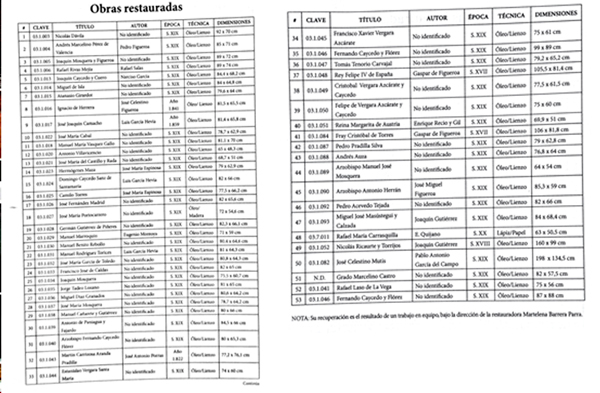
Images 7 – 8: Unpublished list of restored works by Martelena Barrera, (list of 2011). Unpublished list of restored works by Martelena Barrera Parra, (list of 2011). The endnote states “this recovery is the result of a work of a team, under the direction of the restorer Martaelena Barrera Parra.
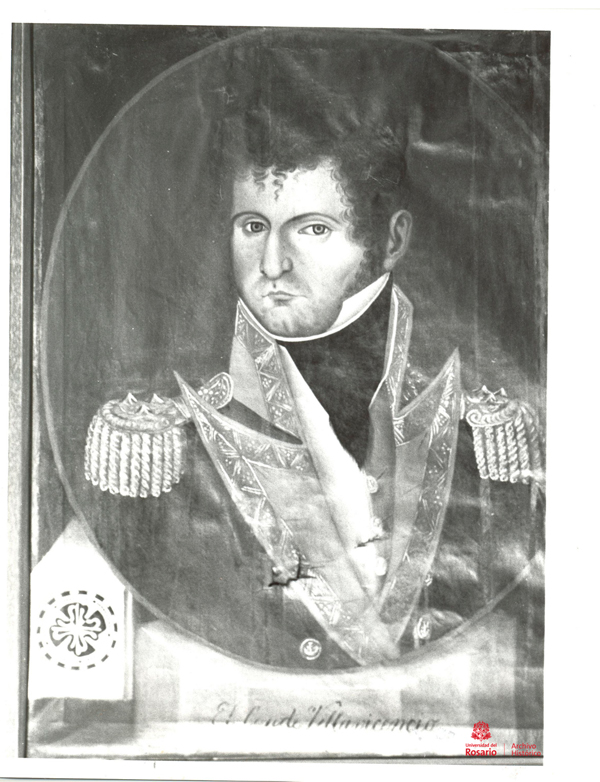
Image. 9 Portrait of Antonio Villavicencio ca. 1982
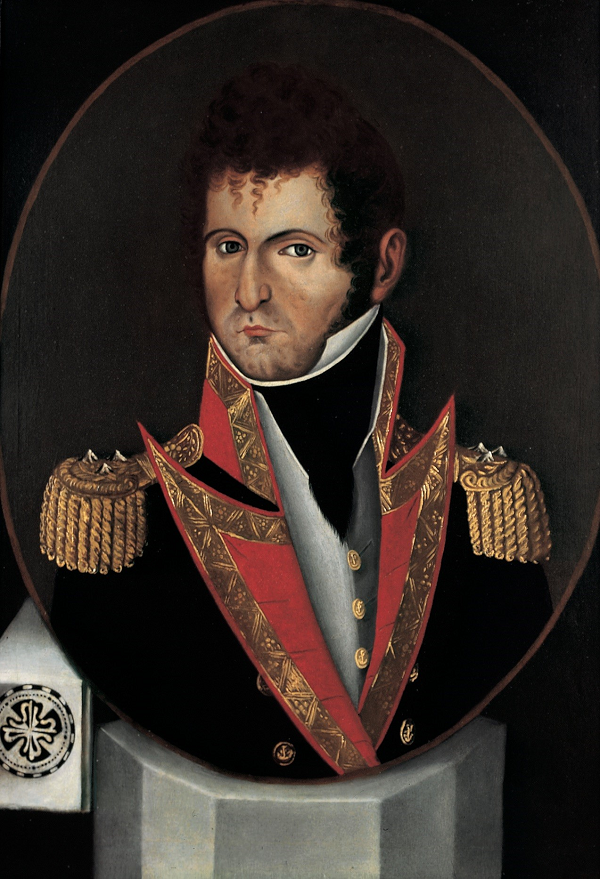
Image. 10 Portrait of Antonio Villavicencio, as in registered by the Museum in 2017.
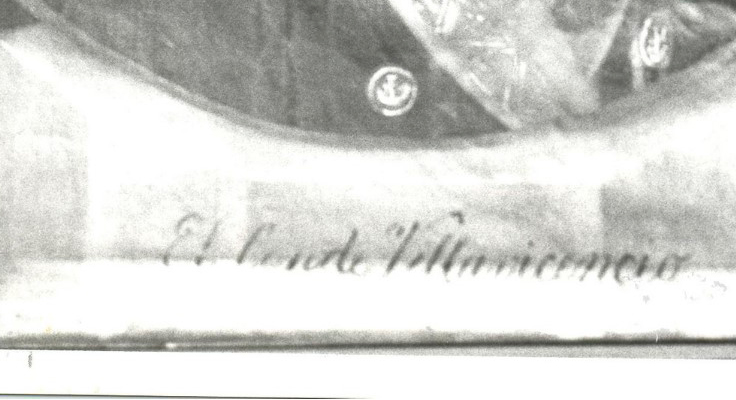
Image. 11 Detail of the inscription of the name of the portrayed man, “El Conde Villavicencio” that was removed during a cleaning process. The only restoration process involving the painting that is known by the Museum so far is the 2011 list by the team led by Martelena Barrera (listed as work number 12 in this list).
However, we can notice a pattern in the conservation decisions. One of these practices was the removal of some inscriptions done in different handwriting styles. For example, one of the noteworthy cases is that of the written calligraphy originally located in the Antonio Villavicencio’s portrait white pedestal. The title of the portrait, “El Conde Villavicencio”, which was made in a carefully painted calligraphy displayed on the pedestal in the painting (see image 11), was unfortunately removed (see image 11).
This has also been the case of other less distinguished capital printed names inscribed to the top border of a number of paintings, at least four of these which have been identified.
There is the case of the Jorge Tadeo Lozano portrait, Francisco Jose de Caldas, Fernando Caycedo y Florez and Miguel Jose Masústegui. With a lack of any records and initial photographs it is impossible to clearly link these conservation decisions in regards to cleaning to a particular project, or time period.
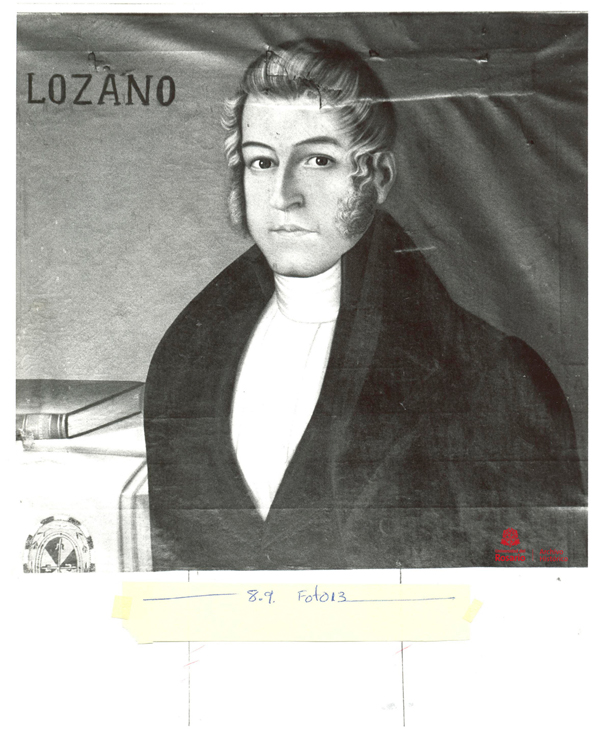
Image 12 Before restoration (ca 1982)
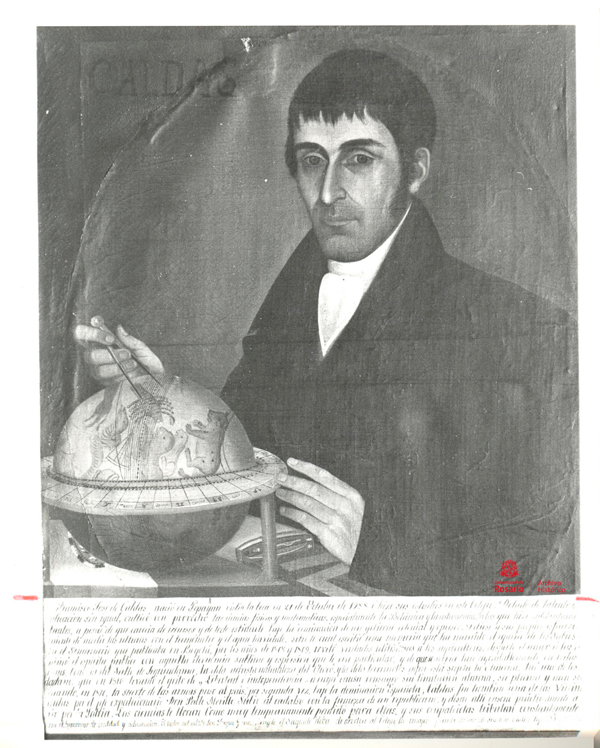
Image 13 Before restoration (ca 1982)
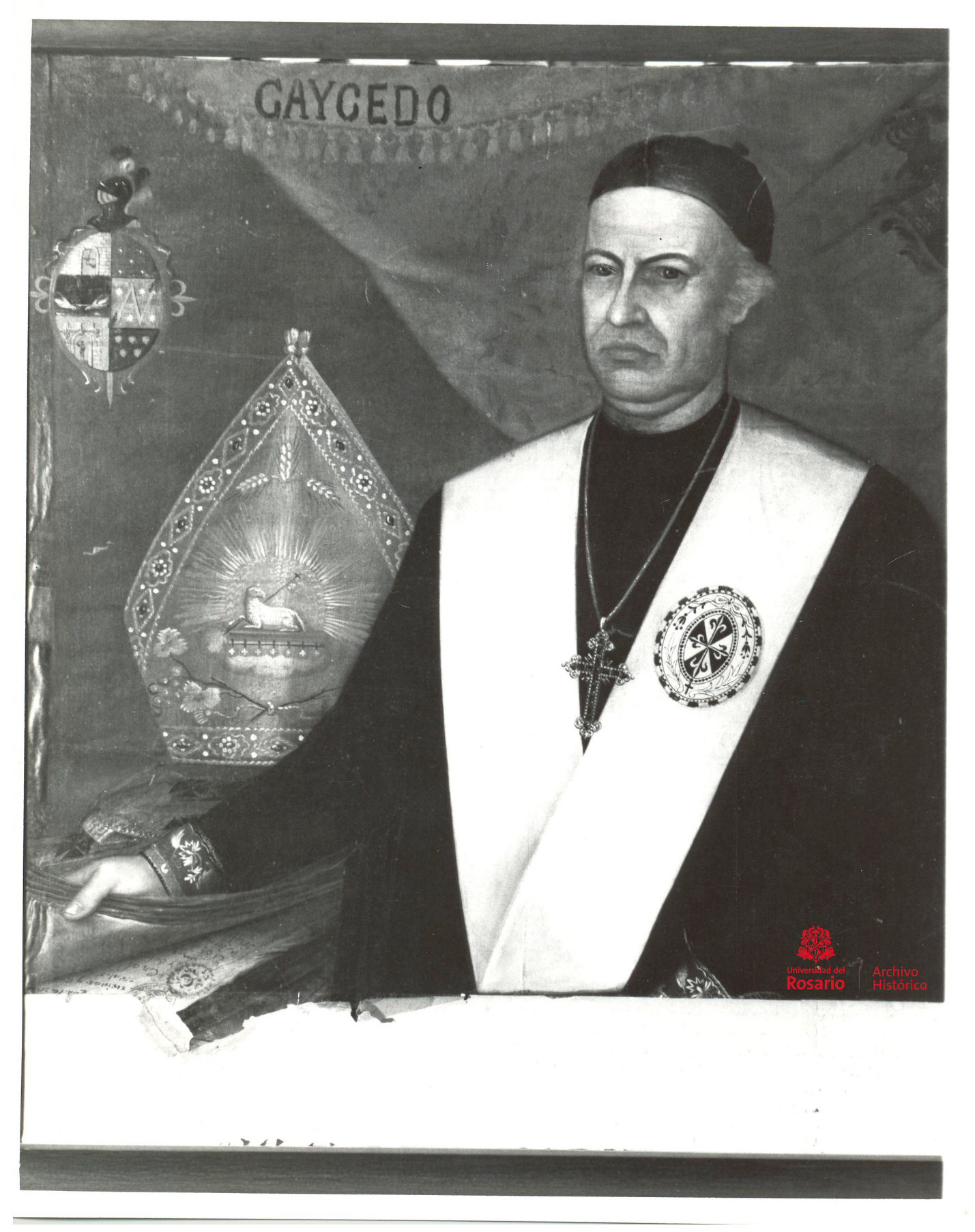
Image 14 Before restoration (ca 1982)
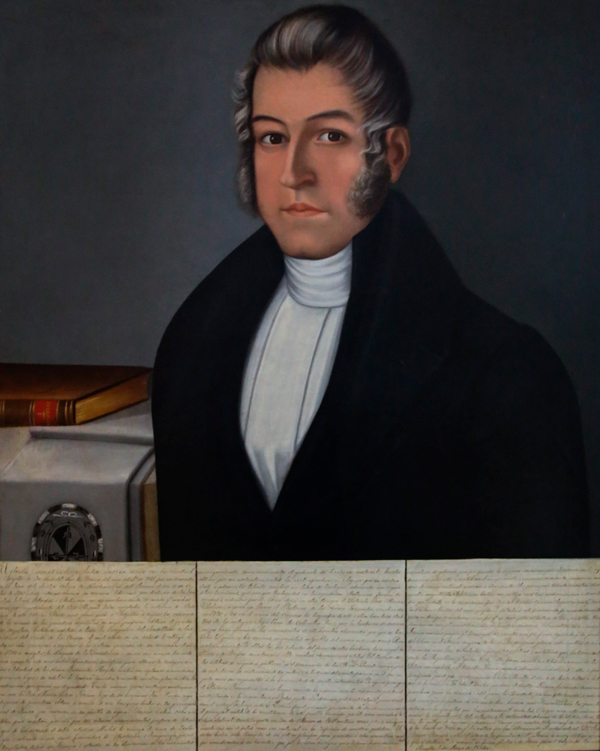
Image 15 Jorge Tadeo Lozano (ca 1982)
Image 16 Francisco José de Caldas (ca 1982)
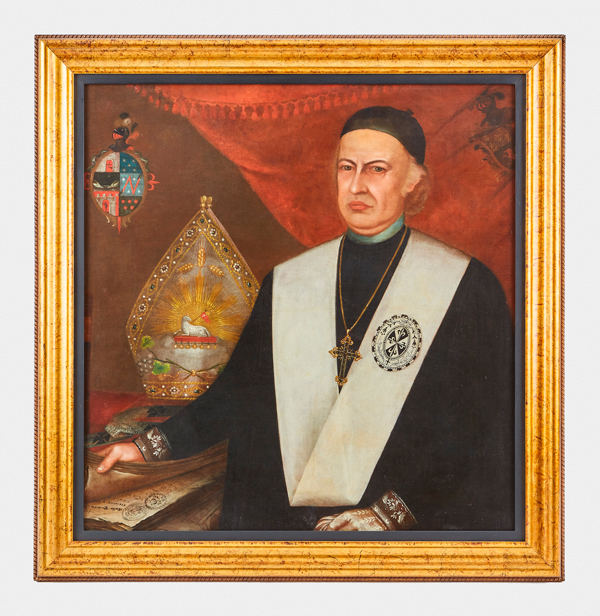
Image 17 Fernando Caycedo y Flórez (ca 1982)
Text and figure play an important role in these portraits. It was even said by one of the most remembered University presidents, Rafael María Carrasquilla, that the information stated in these inscriptions inside the paintings, presented biographical information sometimes absent in any other archive or written document. These cartouches were probably painted on these portraits at different moments in the objects’ histories, and even though some may have been painted by different artists or painted at different times, today these texts are indeed the only documentary evidence in most early portraits, that allow us to identify the person portrayed and the person’s major accomplishments throughout life.
The elimination of the entire cartouche previously seen in the 1982 photograph of the portrait of José Miguel Masústegui is one example of how the restoration practice valued artistic elements over documentary values. One is able to identify this through the comparison of the black and white photograph and the painting that we have in the collection today. Unfortunately this painting has no conservation report or initial photograph, although it is listed in 2011 in the list of works restored by the team led by Ms. Barrera Parra (see image 8, item 47) .
A restoration treatment led to recovering a hidden hand holding a glove in the portrait of Masústegui, since it was previously covered by the white cartouche containing the text. However, this eliminated the biographical label altogether, leaving no trace of this information in the institution, only the first line of text being visible in the portrait photograph taken around 1982. From this photograph (see images 18 and 20) one reads: “Miguel Jose Masustegui I Calzada, Tres veces Rector, segundo fundador de este colejio y su munificentisimo protector, a …". No further text of the cartouche has remained as there is neither a report of the restoration project, nor a photograph that registers the entire painting before this intervention.
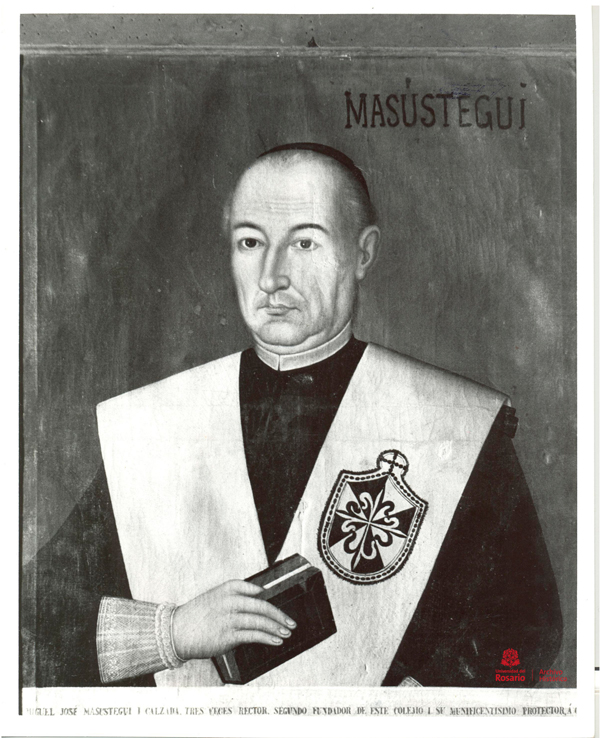
Image 18. Before restoration
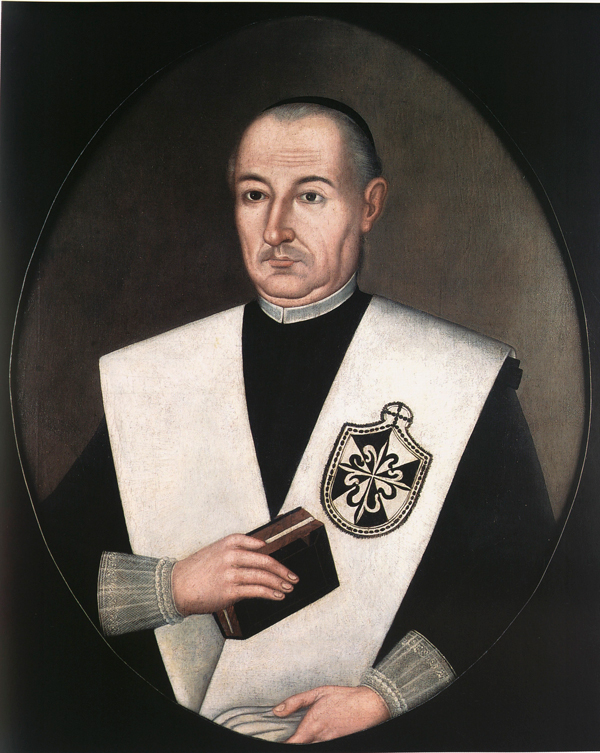
Image 19 Miguel José Masústegui

Image 20. Detail of the former cartouche that was removed during an undocumented restoration.)
Understanding that the discipline of conservation has undergone important changes today, it is still important to recognize that from today’s standpoint these decisions seem arbitrary and would surely be looked at closer at before undertaking such irreversible actions.
Today, for example, we still have paintings that have not undergone treatment or only hold historical interventions, and it is important that even within the inscriptions we notice different time periods of such inscriptions. I would like to present the hypothesis that these works were very little accessible and protected by the University presidents, and Vice-Presidents and high ranking directors and college managers (such as the figures of the “Síndico” and the Secretary General), which could lead to the deduction that probably some of these pencil marks are quite old graffiti, and in today’s view they also have a documental value in the artwork as a historical object, formed not only by the depicted figure but also by these writings that form part of the visual image we can admire today.
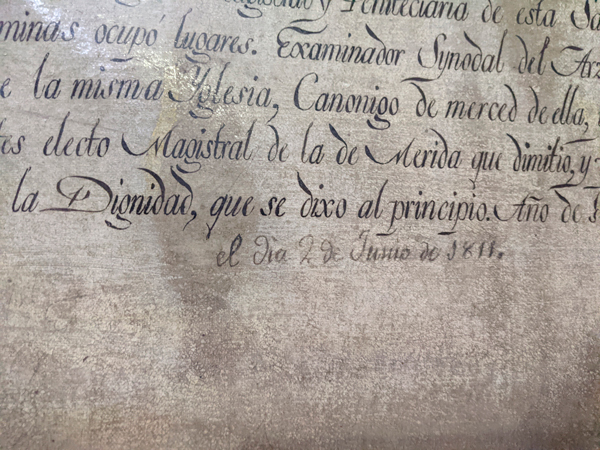
Image 21: Detail of an inscription with a final date placed after the first section of text. Located in Ignacio de Moya’s full-length portrait.
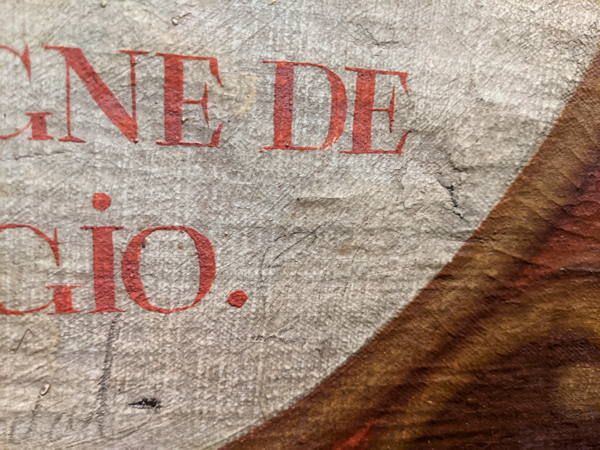
Image 22: Detail of an inscription in a full-length portrait inside the University President’s office.
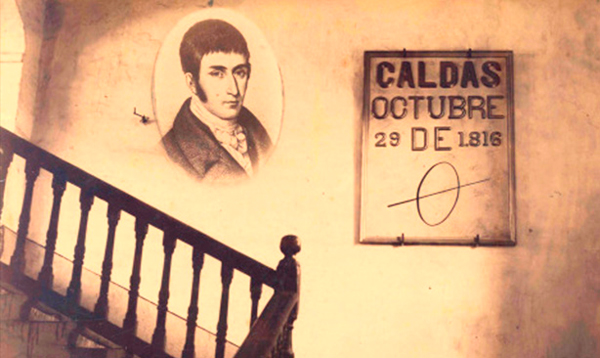
Image 23: Historical photograph of the main staircase of the Cloister with the Caldas plaque with the theta symbol. Credits: Archivo Histórico de la Universidad del Rosario)
This greek letter theta (θ), was an abbreviation for the Greek thanatos, as a symbol of death and is a representative symbol that has historically been part of the cloister (image 23), and also could be identified in a painting’s graffiti (see image 22). I strongly advise against removing these kind of inscriptions without thoroughly discussing the intentions of doing irreversible cleaning or balancing the pros and cons.
It is in this general perspective that in the year 2020 we started a new initiative by opening a space for restoration proposals to be brought into discussion and presented to other colleagues from other areas at the university and other institutions. We named this session a scientific committee for heritage conservation (images 24-25). We invited at least other three universities and the public heritage office professionals to this space. This has brought something usually confined within the disclosed spaces of museums to be open as a scholarly space of discussion, which also strengthens our own decision-making in conservation. This initiative was also driven by a sense of being auto-critical, promoting an academic environment of critical discussion into the daily work of the conservation studio. This idea arose after realizing the need for such spaces after one conservation project carried out in 2020, which led to the need to discuss in detail the extent and purpose of such treatments within an interdisciplinary team. We have also been critical within our museum team in regards to the extent of cleaning procedures, the appearance of the artworks within these historical settings after certain procedures, the prioritization of conservation treatments within the general heritage management system, among other critical decisions that have an impact of heritage and resource management.
Creating liaisons between other institutions has been crucial for us, especially given that the museum has had a very short trajectory in managing this heritage and is in need of strengthening efforts in using the risk management approach. One of the partner institutions that has served a role in material studies and in the risk management approach has been the Universidad de los Andes with its Laboratory of Art and Heritage Studies and the preventive conservation course students. Other invited experts to the committee came from institutions such as the Universidad Externado, other Museums, and the Ministry of Culture and its Movable Cultural Heritage division.
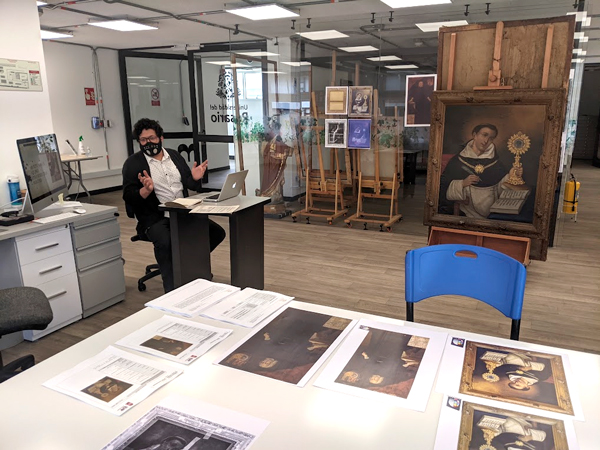
Image 24: Presentation for the scientific committee of heritage conservation, Taller de Restauración, Museo de la Universidad del Rosario. 2021.

Image 25: Presentation for the scientific committee of heritage conservation, Taller de Restauración, Museo de la Universidad del Rosario. 2021.
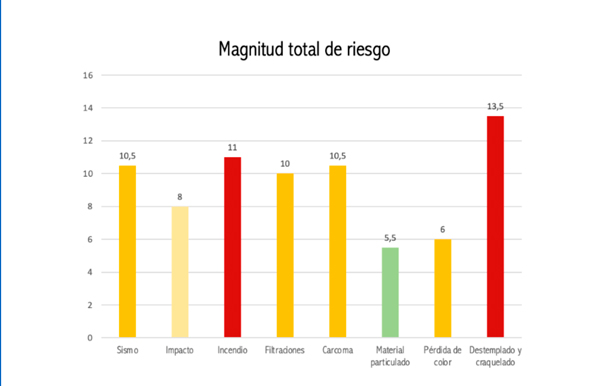
Image 26: Example of a graph showing the risk magnitude assessed by the students of the Preventive Conservation Course, 2021.
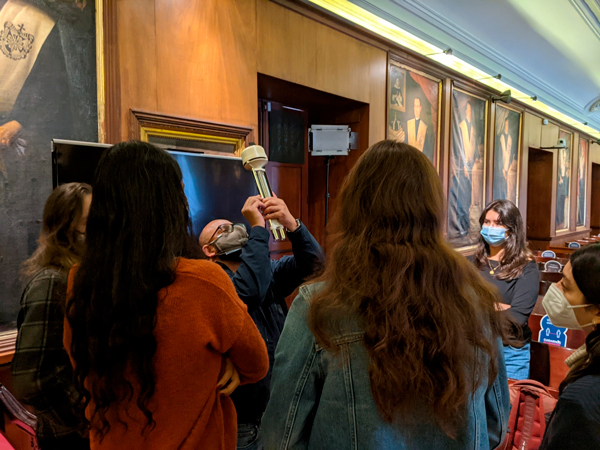
Image 27: Students of the Preventive Conservation Course, led by Prof. Cohen (U. Andes) in 2021.
So, in 2021, with the agreement of using the toolkit of Our Collections Matters, we began a project involving a course of Preventive Conservation led by Professor David Cohen from the Universidad de los Andes where we were able to gain a first insight into the risk assessment of three areas: the portrait gallery at the president’s office, the Aula Magna hall and the new area for storage and conservation studio (see images 26-27).
What is interesting was to gain an outside and objective view from actors from the academia but outside our management team. These resulted in a report with the summaries of most important risks. They were then presented to a selection of actors within the university in December 2021 after the work done in the last half of that same year.
Finally, during this first semester of 2022 we designed a series of workshops where the university museum invited around 30 people. The people invited to the workshops included: security staff (leaders); architects (design, maintenance and project development), restorers, the museum director, the researchers and staff of the historical archive, the risk management professional (from Human Resources), the Chapel’s priest, and chapel assistant, the person responsible for physical inventories, safety and health at work professionals, and students involved as museum educators. Staff involved with event planning and office assistants and secretaries were invited but unfortunately could not participate in any session.
The methodology for heritage workshops consisted in 2-hour sessions with 10 to 15 participants approximately. We started with a brief introduction from each person. We invited each participant to say how many years the person has worked at the University. During the first session we actually had over a century in knowledge and experience of working at the institution! We then divided the workshop in three parts. The first two were brief and involved answering the questions: 1) What is cultural heritage for you? 2) Mention a heritage object of the cloister that you consider irreplaceable due to its meaning and importance for the community and future generations. Finally, we focused on risk scenarios and used a large chart set on a table showing a space for each of the 10 agents of deterioration as promoted by ICCROM and CCI (Canadian Conservation Insitute).
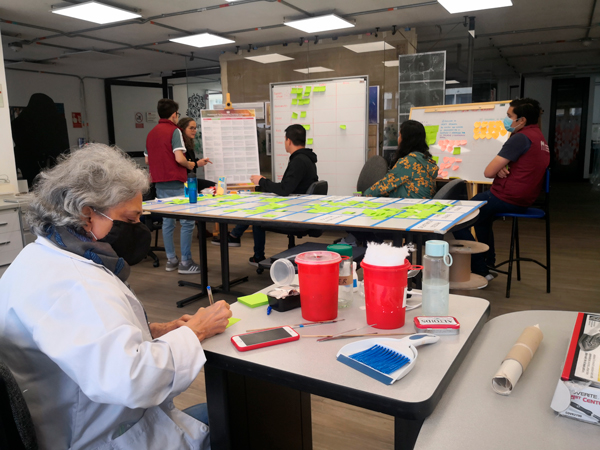
Image 28: Heritage risk assessment workshops led in by the Museo de la Universidad del Rosario in 2022.

Image 29: Risk professional, priest and museum director participating in the heritage risk assessment workshop led in by the Museo de la Universidad del Rosario in 2022.
It is important to highlight that we ended with a sum of the most important risk scenarios to focus our attention on for further work. The most important risk scenarios were identified as vandalism and forced entry, earthquakes, fire, and the realization of events different to museum activities.
There are three main achievements to reflect upon:
1. We were able to map all stakeholders for both conservation decisions and risk management issues.
2. There is a lack of records and we need to strengthen information systems for registering events and risk management in present and near future. Some records are available through historical research.
3. As the museum and heritage division we need to integrate this approach into the institution's risk system, at the same time incorporating heritage elements of the method.
In regards to risk assessment in heritage management, even with a small team or limited resources, I would encourage my colleagues and other university museums and collecting institutions to start at creating a shift in mindset and initiate with small steps towards this objective.
In sum, all of this journey in conservation shows a changing view in our role in preservation of heritage at the institution. We are faced with new challenges of including education and academia to heritage management, and working with managing all this data, perceptions and experience to updating the conservation risk assessment at the University and continually improving our overall strategic heritage management.